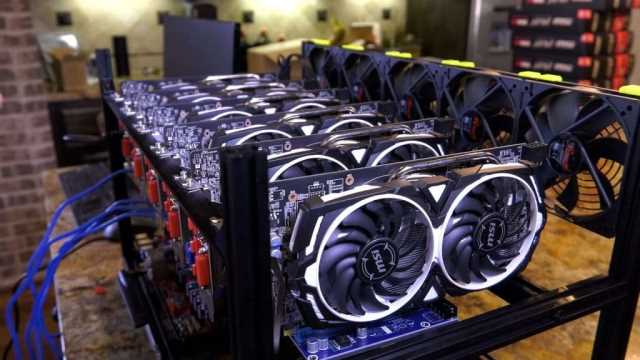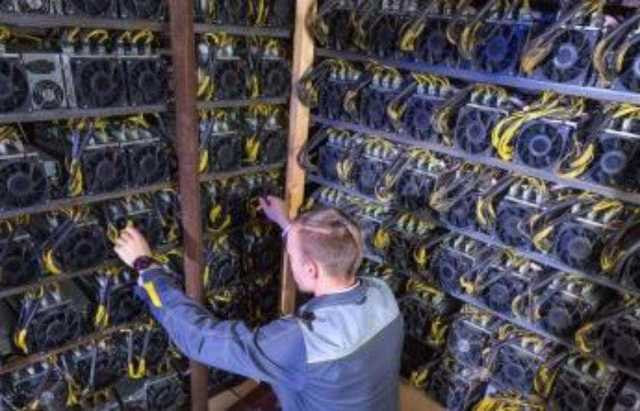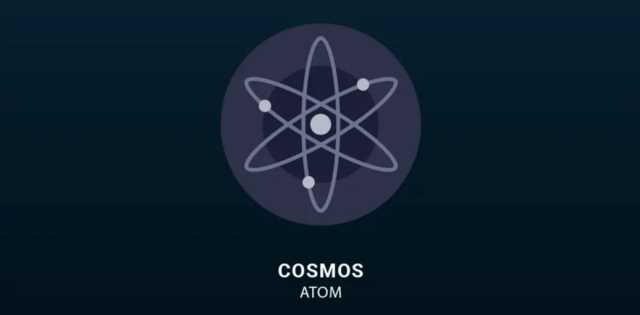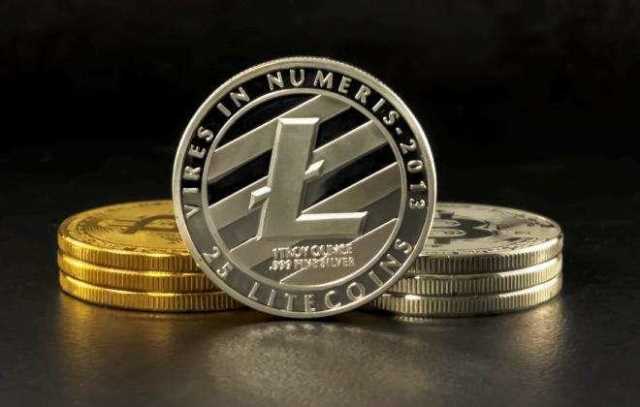Bitcoin, and its Script programming language, was designed as a non-Turing complete system with limited functionality. The Bitcoin software was programmed solely to process bitcoin transactions and cannot support complex, multi-step smart contract logic. Turing completeness, named after Alan Turing, is significant in that every plausible design for a computing device so far advanced can be emulated by a universal Turing machine — an observation that has become known as the Church-Turing thesis. Thus, a machine that can act as a universal Turing machine can, in principle, perform any calculation that any other programmable computer is capable of. However, this has nothing to do with the effort required to write a program for the machine, the time it may take for the machine to perform the calculation, or any abilities the machine may possess that are unrelated to computation. That’s the key feature that makes a programming language Turing complete.
Drawbacks of Turing completeness in blockchain
It is not difficult, though somewhat laborious, to prove that these three definitions [the 3rd is the λ-calculus] are equivalent. The Turing machine mathematically models a machine that mechanically operates on a tape. On this tape are symbols, which the machine can read and write, one at a time, using a tape head. Operation is fully determined by a finite set of elementary instructions such as “in state 42, if the symbol seen is 0, write a 1; if the symbol seen is 1, change into state 17; in state 17, if the symbol seen is 0, write a 1 and change to state 6;” etc.
As the field matures, ongoing research and advancements are expected to further enhance security and efficiency of Turing-complete smart contracts. The trade-off between performance and security in Turing Complete blockchains is a key consideration in their design and application. Striking the right balance depends on the specific needs of the users of that blockchain. For instance, Ethereum improved its security by introducing a mechanism to limit computations.
This is something of an article of faith, but we’ve accumulated enough circumstantial evidence at this point to believe that Turing machines are equal in computation power to any digital computer (that has been provided with infinite secondary storage). Whether this thesis would hold up for more esoteric models of computation that might arise in, say, quantum computing, is a challenge for future generations of computer scientists. Turing complete describes a programmable system that can solve any computational problem. The concept comes from the Turing machine, a theoretical model of computation devised by English mathematician and cryptographer Alan Turing.
It incorporated ‘gas’, a pricing mechanism used for computation, storage and bandwidth on Ethereum, which prevents abuse by requiring users to pay for the computational resources they use. Something that is Turing Complete, in a practical sense, would be a machine/process/computation able to be written and represented as a program, to be executed by a Universal Machine (a desktop computer). Though it doesn’t take consideration for time or storage, as mentioned by others.
2 The Power of Recursion
The first result of computability theory is that there exist problems for which it is impossible to predict what a (Turing-complete) system will do over an arbitrarily long time. Let’s dive a little bit deeper into what really distinguishes Turing complete and non-Turing complete programming languages. Most of the PDF operators existed (under different names) in Postscript. In fact, the open-source Postscript processor ghostscript has long been able to can read and process PDF as well as the Postscript language it was originally designed to handle. Church’s original formulation of this thesis dates back to the 1930’s and stated that real-world calculation can be done using the $\lambda$-calculus, a mathematical formulation of pure functions based on recursion.
- In simple terms, Turing Completeness refers to a system that can simulate the functional operations of any other computer system, given sufficient time and resources.
- Being able to program any kind of computation allows for a vast possibility of outcomes, and it’s not possible to anticipate all of them.
- Now you might think you have to get clever to design a programming language capable of running any possible algorithm.
- It also brings about the possibility of ‘infinite loops’, where a program keeps running indefinitely, which can be a strain on system resources.
- Rather some systems approximate Turing-completeness by modeling unbounded memory and performing any possible computation that can fit within the system’s memory.
- In comparison, credit card companies can process thousands of transactions per second.
Comparison with real machines
In this final lesson, we explore the question of whether our programming languages actually embrace all of the computational power available to them, or whether a poor choice of language features can “cripple” a language. ‘Turing Completeness’ describes the property of being able to express any arbitrary algorithmic computation, which was the point of Turing’s Machine in the first place. A language or logical system can be described as ‘Turing Complete’ if it has this property. From a practical perspective all general purpose programming languages – and a surprisingly large number of special purpose ones – can do this for a suitably loose definition (see below). In the field of cryptocurrencies, Turing completeness is a central concept. It refers to a system of data-manipulation rules, like the ones found in programming or scripting languages, that can simulate a Turing machine.
In the latter case there is actually a famous-ish example of someone using sendmail.cf to implement a universal Turing Machine simulator. What I’m actually trying to decide is if the toy language I’ve just designed could be used as a general-purpose language. But I don’t want to go through that exercise until I’m fairly certain of success. I’ve read “what-is-turing-complete” and the wikipedia page, but I’m less interested in a formal proof than in the practical implications of requirements for being Turing Complete. Understanding the technology that powers cryptocurrencies like Bitcoin, particularly blockchain, is pivotal for a comprehensive grasp of this digital finance world.
One important attribute that separates Ethereum from the bulk of other cryptocurrencies is its characteristic as a Turing complete system. Understanding what ‘Turing Completeness’ means is fundamental in appreciating the uniqueness Ethereum brings into the world of cryptocurrencies. On the security front, Turing Complete blockchains are potentially more vulnerable compared to their non-Turing complete counterparts. This vulnerability arises because Turing completeness can potentially execute any type of program including malicious ones. So, if an attacker can introduce a malicious program or virus into the blockchain, it can potentially disrupt the entire network, leading to security concerns. The concept of Turing Completeness in cryptocurrencies has a significant impact on blockchain technology.
Turing Completeness
If you want to subtract 10 instead of 1, you have to do this whole process 10 times. This actually uses a random number generator to select the box coordinates and colors, so it actually produces slightly different results each time it is executed. Unbounded loops are provided by the loop operator, which repeats a procedure until the procedure invokes an `exit operator. Later how to calculate gross margin in this section, I will provide links to several simple Postscript programs. You can also find more at various on-line resources such as this tutorial, or these demos. Some more egregious examples of Turing Complete domain-specific languages are TeX and sendmail.cf,.
We may take this statement literally, understanding by a purely mechanical process one which could be carried out by a machine. It is possible to give a mathematical description, in a certain normal form, of the structures of these machines. The development of these ideas leads to the author’s definition of a computable function, and to an identification of computability with effective calculability.
Today, even though Turing complete machines and systems are commonplace, computer scientists still use the term to describe the maximum extent of what can be achieved with computer systems, programs, and languages. Turing completeness is significant in that every real-world design for a computing device can be simulated by a universal Turing machine. The Church–Turing thesis states that this is a law of mathematics – that a universal Turing machine can, in principle, perform any calculation that any other programmable computer can.






